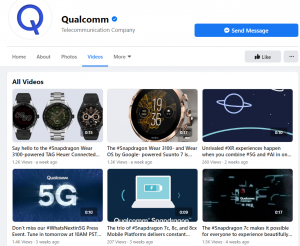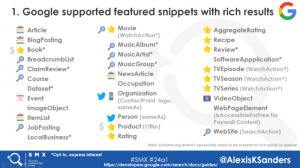Skinny ABM: Few Firms Have Full Tech Stacks To Support Their Programs
B2B brands are doubling down on account-based marketing (ABM), devoting 28% of their 2022 marketing budget to it.
In addition, 71% are increasing their 71% spend in 2023, with average budget growth of 13.1%. And 50% are adding to their ABM staff, according to Elevating ABM: Building Blocks for Long-Term Growth, a study released this week by Momentum ITSMA and the ABM Leadership Alliance.
But technology has to catch up: few firms have built a complete tech stack for ABM.
“The technology side of ABM also remains in early development for most programs,” the study states. “The majority rely on core marketing systems and even those are often sub-optimal for ABM impact.”
The good news (for email teams) is that email systems are present in more than 60% of the tech stacks now supporting ABM programs — along with CRM, website and account insight.
In contrast, social, analytics, marketing automation, intent and ABM platforms are present in 40-60% of programs.
And such functions as direct mail, chat, lead to account matching and predictive appear in less than 40% of all ABM programs, the study continues.
Email’s tech presence may have to do with the channel’s utility.
Email marketing newsletters rank third among tools used for one-to-one ABM, following account-specific (bespoke) content and thought leadership, and executive-to-executive relationship programs.
But email newsletters are the leading activity in one-to-few ABM and one-to-many programs.
Of the companies polled, 54% apiece use one-to-one ABM, one-to-few ABM and one-to-many ABM. Almost half use more than one type — 29% use two and 18% all three. And 53% use just one.
For anyone who is confused about what ABM really is, the study defines it as “treating individual accounts as markets in their own right.”
Of the ABM users polled, 34% are achieving significant business improvements in two or more areas.
The top initiatives planned for 2023 are:
- Expand what we do for accounts currently in our ABM program
- Adopt a blended approach using more than one type of ABM to cover more accounts/clusters/segments
- Develop new tools and templates to facilitate reuse and best practice sharing
- Add more marketing resources to cover more accounts/clusters/segments
- Add a stronger focus on applying ABM to major defined sales opportunities or deal pursuits
- Add education and training to increase ABM skills among existing marketers
- Add technology to automate and create more leverage for existing programs
The top challenges for ABM practitioners are:
- Tracking and measuring ABM results
- Developing campaign assets that are mass customizable to allow scale
- Personalizing and tailoring marketing to the key contacts at each account
- Educating sales on the process and value of ABM.
The study is based on a survey of 279 ABM heads and practitioners.
(5)
Report Post





